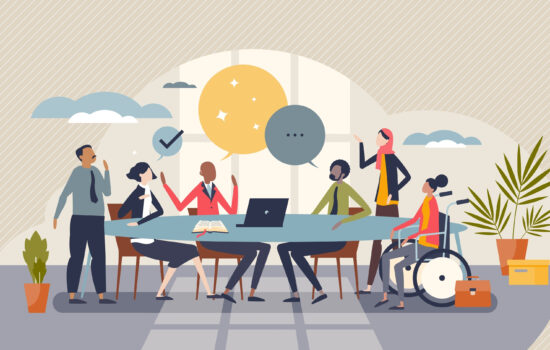In the last decade, the authorities have taken considerable steps to help people with disabilities integrate into the community. They include improvements to building access such as such as ensuring more toilets for people with disabilities, designating more tables at food centres for people with disabilities, installation of lifts and tactile tiles at train stations, provision of more wheelchair-friendly buses and amenities as well as the formulation of the Enabling Master Plan to enhance the inclusion of people with disabilities.
While things have improved, people with disabilities still face barriers and challenges when they are out and about.
Physical barriers
Physical barriers are the most obvious and apparent of barriers. Kerbs, stairs and other physical structures usually prevent people with disabilities from entering certain places, or going about their way.
Steep slopes as well as narrow and uneven pathways pose a problem for wheelchair users, who also often find it challenging to get into lifts and trains because others are not giving way to them. Having facilities such as tactile tiles and toilets built specially for people with disabilities but are either blocked, locked or used by able-bodied people, and having to contend with using things such as ATMs and shopping carts that are not designed to meet their needs, are some of the challenges that people with disabilities have to deal with every day.
Building designs and urban planning should be based on the concept of ‘Universal Design’, which includes everyone in the society – from people with disabilities to children, parents with children in prams and the elderly. Originated from the concerns for people with disabilities, it is an effort to remove barriers so as to provide accessible and usable environments from the design stages instead of looking for band-aid solutions at a later stage , for example a ramp included as an afterthought when everything is built.
Mental barriers
Mental barriers occur on both sides, with the general population thinking that people with disabilities are dependent and frail and home-bound, and people with disabilities themselves who think they cannot step out. Such thoughts can hamper people with disabilities from participating in regular activities.
Social barriers
Largely resulting from both mental and physical barriers, social barriers hold people with disabilities back from stepping out and being seen and involved in activities in the community. Because of this shying away, others may see less of a need to cater to and include people with disabilities. A vicious cycle is thus formed.
We need to remove the barriers preventing people with disabilities from participating in all areas in the community. Like anyone else, they should have the freedom to participate in every facet of life.
Public education is important. An encouraging attitude that recognises the value and worth of each individual, regardless of abilities, and their rights and dignity as members of the community, will result in an inclusive environment for people of varying abilities.





